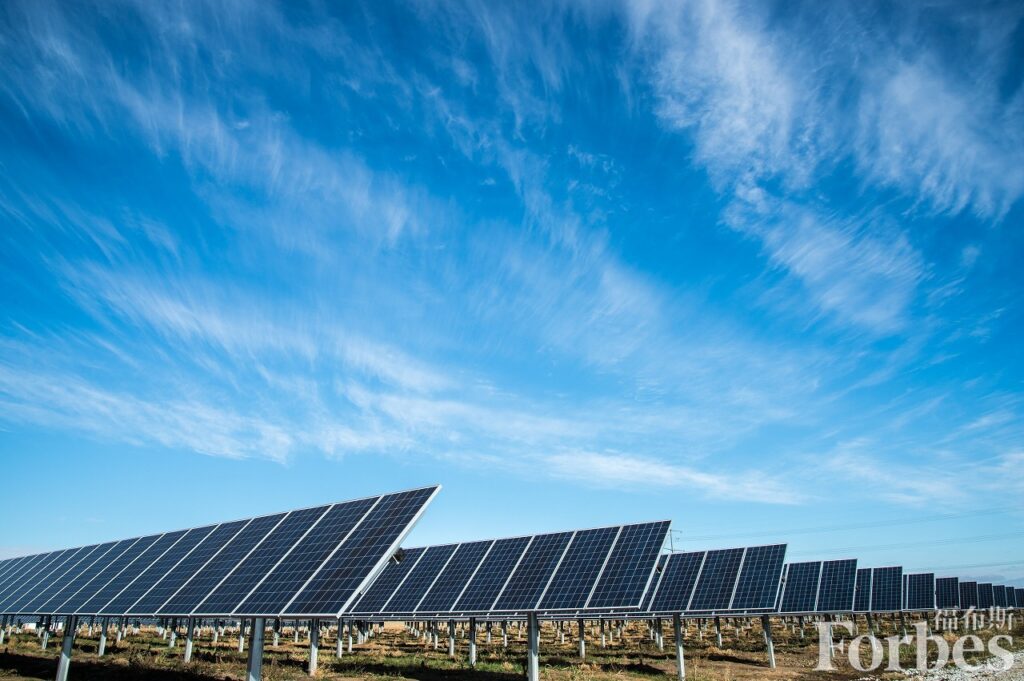Introduction: When the National Grid Lies in Ruins, Who is Lighting Up Syria?
In March 2025, doctors at a field hospital in the suburbs of Damascus powered their operating room with a portable Chinese-made solar system—a microcosm of Syria’s energy reality. After 14 years of civil war, the country’s power generation capacity stands at just 12% of pre-war levels, with the national grid supplying electricity for less than 2 hours daily. Yet ironically, this catastrophe has sparked the Middle East’s most radical energy revolution: solar adoption in Syrian households surged from 3% in 2020 to 67% in 2025. While the international community debates reconstruction funding, Syrians are writing a “guide to decentralized energy survival” with rooftop solar panels and repurposed batteries.
I. The Collapse of Traditional Energy: A “Parallel World” Emerges
1. The National Grid: A Costly Political Theater
-
Harsh Data: The Syrian government claims “2 hours of daily power,” but a UN investigation revealed that from January to February 2025, provinces like Aleppo and Idlib received only 0.7 hours of electricity per day. In Damascus, prioritized for government facilities, residential areas face blackouts lasting up to 18 hours daily.
-
Absurd Reality: The state power company still charges households a $3/month “basic service fee,” yet 96% of payers have never seen their meters work. These funds subsidize diesel power plants operating at less than 15% capacity due to sanction-induced spare parts shortages.
2. Black-Market Diesel: A “Liquid Shackle” for the Desperate
-
Diesel generator power costs $0.53/kWh (4x Germany’s residential rate), yet remains the choice for affluent families.
-
Supply Chain Corruption: 72% of Syria’s diesel comes from Turkish border smuggling, with 30% controlled by armed groups. A February 2025 diesel explosion in Aleppo killing 200 people exposed the system’s fragility.
Critical Insight: A December 2024 World Bank report found that allocating just 10% of Syria’s reconstruction funds ($4.7 billion) to distributed solar could provide universal basic electricity within 3 years.
II. The Solar Revolution: From Survival Tool to Power Shift
1. Grassroots Innovation: Syria’s “Secondhand Solar Model”
-
Tech Adaptation: In Homs Province, local merchants import decommissioned 280W Chinese monocrystalline panels (averaging 12���ℎ)����������������,��������ℎ�����ℎ��������ℎ��������ℎ����−���������������������12each)viaLebaneseports,pairingthemwithrefurbishedTurkishlead−acidbatteriestocreate300 “home solar kits.” Despite 70% efficiency compared to new systems, these meet basic needs like lighting, phone charging, and refrigeration.
-
Community Networks: MIT research reveals self-taught “solar doctors” in Syria—former telecom engineers repurposing drone parts for inverters and car alternators for charge controllers.
2. Economic Rebirth: Solar Reshaping Post-War Commerce
-
Textile Factory Revival: A pre-war Aleppo factory producing 50 tons of cotton monthly restored 80% capacity after installing 200kW rooftop solar + storage in 2023. Owner Nabil’s calculations:
-
Diesel cost: 0.61/��ℎ→�����+�������:0.61/kWh→Solar+storage:0.09/kWh
-
Monthly bills dropped from 43,000��43,000to6,300, freeing funds to hire 35 more workers.
-
-
New Power Dynamics: In Idlib Province, entrepreneurs with 50kW+ solar systems act as “local energy oligarchs,” selling electricity at $0.25/kWh with 300% profit margins.
III. The Geopolitical Tech War
1. China’s “Apolitical” Strategy
-
Huawei and Sungrow supply “unbranded” inverters to Syria via Jordan and Lebanon. Stripped of GPS and cloud monitoring, these devices operate offline to bypass sanctions.
-
Data Insight: 87% of Syria’s new solar systems use Chinese components, yet official trade records show “zero Chinese solar exports to Syria”—a gray-market open secret.
2. The West’s Ethical Dilemma
-
EU attempts to promote “humanitarian solar projects” using German panels + data monitoring failed due to costs 4x higher than Chinese alternatives.
-
Case Study: A European NGO’s 2MW solar plant in Daraa Province saw 42% failure rates within 6 months due to lack of certified technicians, ending as scrap metal.
IV. The Future Battle: Energy Sovereignty vs. Reconstruction Politics
1. Grid vs. Microgrids: Competing Visions
-
Government Plan: Syria’s interim government seeks a $2.7 billion UAE loan to rebuild the central grid, but the World Bank estimates 70% of funds would pay international consultants, with completion taking 8 years.
-
Community Plan: Northern “solar cooperatives” already link 8,500 households via blockchain-powered microgrids, delivering power at 63% lower cost than the state plan, with 500,000 people covered in 1 year.
2. Energy Storage: Rewriting the Rules of Power
-
Syria’s imports of used EV batteries (from China/Europe) surged 340% in 2025. With 60-70% health remaining, these provide 4-6 hours of backup power.
-
Local Innovation: Damascus University’s “sand battery” (using silica instead of lithium) offers 1/20th the cost of lithium batteries, despite 12% energy density, now piloted in rural areas.
Conclusion: When Light No Longer Comes from the State
Syria’s energy story reveals a harsh yet hopeful truth: When traditional power systems collapse, market-driven tech solutions fill the void faster than aid. Here, solar isn’t an environmental slogan—it’s a survival necessity, an economic lever, even a currency of power. For observers, this experiment transcends energy—it may be rewriting the rules of modern governance.
Final Reflection: When a city’s rooftops glint with solar panels, when electricity production decentralizes from states to individuals—is this a quiet social revolution? The answer may lie in Syria’s starlit microgrids.


